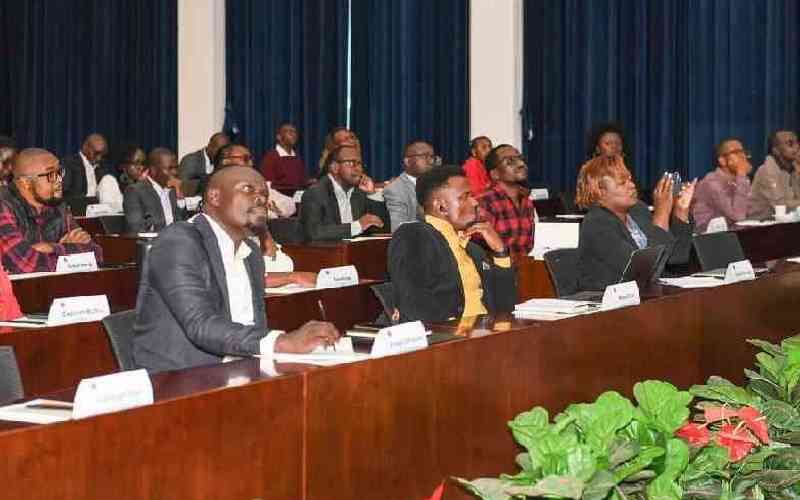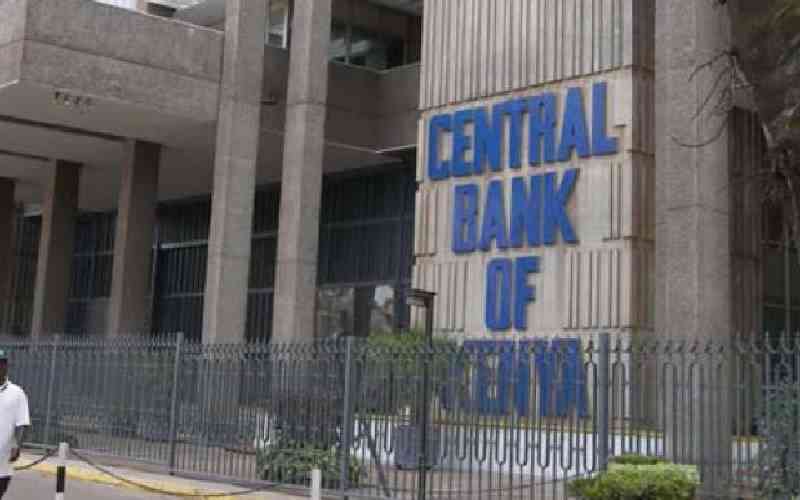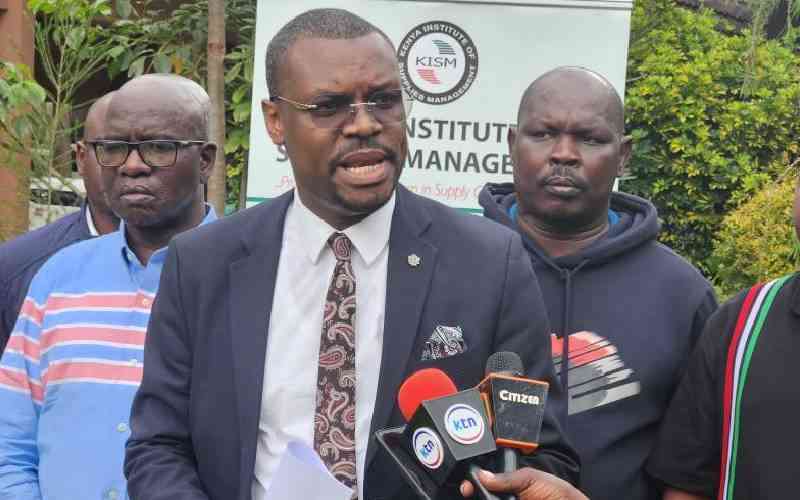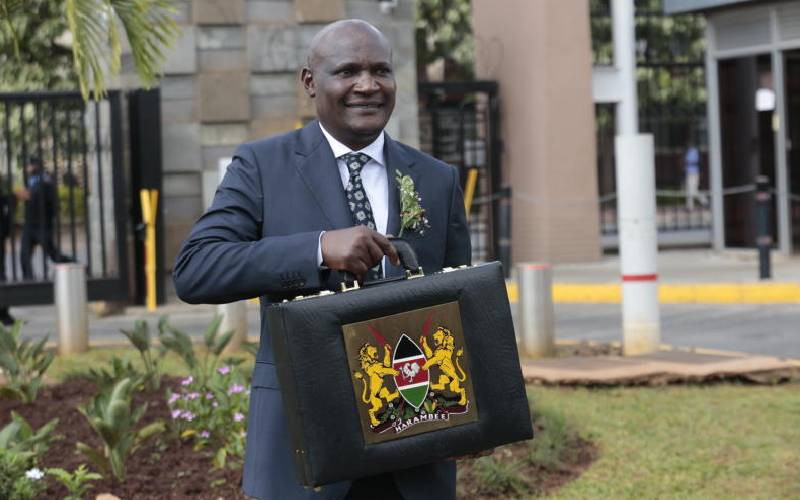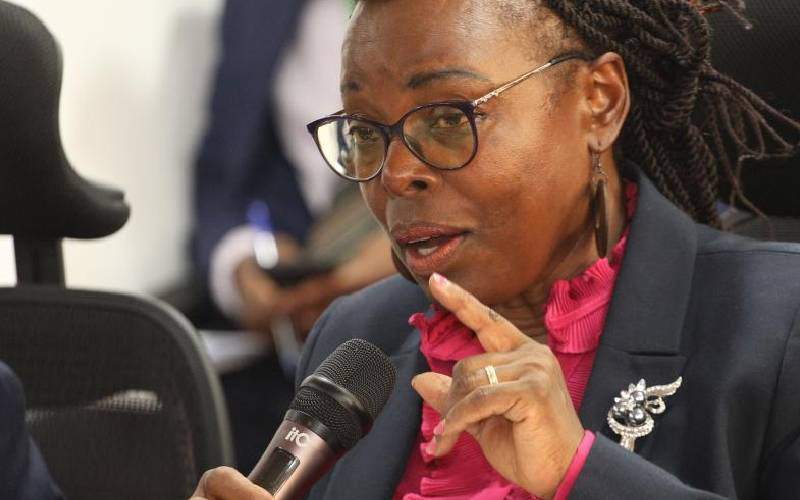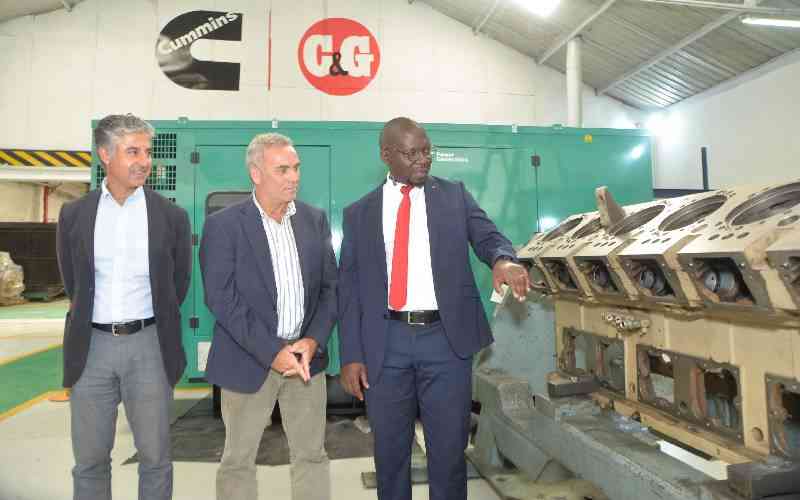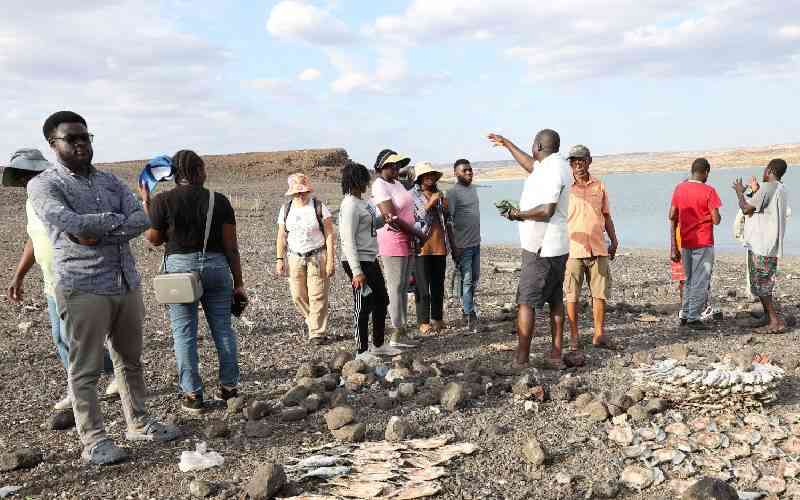
Dr Emmanuel Ndiema, the project coordinator for the ‘Professional and Scientific Training for the Development of Cultural Tourism’ initiative, addresses trainees and Italian professors at the Lake Turkana Basin in Marsabit County. [Courtesy]
Kenya is globally renowned for its ancient civilisations, human origins and rich cultural heritage. Yet, despite this wealth, cultural tourism remains an underutilised asset, with most resources channelled towards wildlife tourism.
In the Rift Valley, areas such as the Turkana Basin, Lake Turkana National Park – a UNESCO World Heritage Site – alongside extraordinary rock art, hominid fossils and prehistoric sites, hold vast potential to transform local incomes and socio-economic conditions
However, stakeholders in earth sciences argue that Kenya has failed to harness this potential, largely because of limited investment in building the capacity of the next generation of heritage professionals.
Kenya may now be at a turning point. A new initiative is set to empower young professionals with the knowledge and tools needed to reshape the narrative and unlock the benefits of cultural tourism, much like wildlife tourism has already done.
Dr Emmanuel Ndiema, project coordinator and head of Earth Sciences at the National Museums of Kenya (NMK), described the initiative as a landmark in heritage training. He emphasised that since cultural tourism must be community-driven, local communities would be placed at the heart of the project.
He acknowledged that heritage studies have long been perceived as economically unviable. The new programme seeks to reverse this by linking archaeology and heritage to sustainable tourism and livelihoods.
“We are mapping and promoting over 4,000-year-old rock art sites and hominid fossil locations. If developed responsibly, these can significantly boost local economies and contribute to Kenya’s tourism GDP,” he said.
Dr Ndiema spoke at the launch of the Professional and Scientific Training for the Development of Cultural Tourism programme, funded by the Italian Ministry of Foreign Affairs and International Cooperation (MAECI) through the Italian Agency for Development Cooperation (AICS), and implemented by NMK.
The three-year initiative, running from 2025 to 2028 at a cost of Sh45 million, focuses on capacity building for early-career researchers, particularly in archaeology, palaeoanthropology and tourism.
Professors from Sapienza University of Rome, globally recognised for excellence in archaeology, will train 15 participants annually, producing a total of 45 graduates. Nairobi, Turkana and Marsabit counties are the initial focus.
The first cohort of trainees is already undergoing intensive theoretical and field training in Loiyangalani, Marsabit County.
Prof Mary Gikungu, Director-General of NMK, stressed the urgency of protecting cultural resources as the Rift Valley faces environmental challenges, especially rising lake levels that threaten archaeological sites. “This project is timely. Documentation and digitisation now will secure knowledge before it is lost,” she said.
Stay informed. Subscribe to our newsletter
